The Vegetable Garden in July
What to Do in the Vegetable Garden in July. The vegetable garden starts to reach its peak, bursting with vibrant colours and an abundance of fresh produce. Rather than seeing your vegetable garden as a load of jobs to do, embrace the joy of the garden with all its wildlife. And celebrate the abundance unfolding around you.
In this article you will find hints and tips to help you make the best of your vegetable garden in July. Think of it as a guide to veg gardening without the hassle.
Harvest the Fruits of Your Labour
One of the most rewarding activities in the vegetable garden in July is the harvesting. After months of carefully tending to your plants, it’s time to reap the rewards. As you walk through the rows of lush green foliage, keep an eye out for ripe tomatoes, plump zucchinis, and tender green beans.
Regular harvesting promotes new growth of many vegetables, like peas and beans.
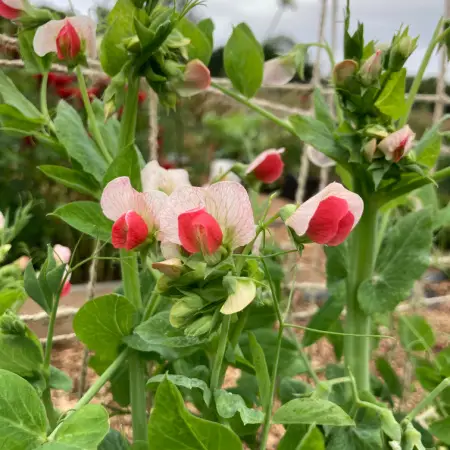
Harvest gently to avoid bruising or damaging the fruit and vegetables. There’s something truly magical about enjoying a sun-warmed, homegrown tomato right in your own backyard.
Remember, harvesting isn’t just limited to fully mature fruits and vegetables. Many crops, like zucchini and cucumbers, are best enjoyed when they are young and tender. Be sure to regularly check for these smaller-sized treasures and enjoy them in their prime.
Thinning
Harvesting root vegetables does not encourage them to regrow, but will give more space for the roots each side of the harvested ones to grow larger. And allow for better air flow around the vegetable garden in July.
Pests and Diseases in vegetable garden in July
July also brings its fair share of challenges to the vegetable garden. With the heat of summer comes an increased risk of pests and diseases. To protect your plants, it’s important to remain vigilant and proactive.
Pests
Regularly inspect your plants for any signs of infestation or disease. Look for telltale signs such as chewed leaves, holes, or discolouration. Squash vine borers, aphids, and tomato hornworms are common culprits during this time. Should you encounter any unwanted guests, take appropriate action to mitigate their impact. Handpicking pests can be an effective method for small-scale infestations, while encouraging, or even introducing, natural predators like ladybirds (ladybugs), lacewings, wasps, and in some areas, praying mantises, can help control larger populations.
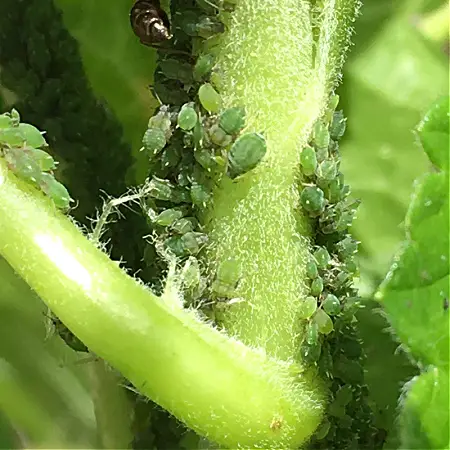
Organic pesticides are a last resort for the gardener working with nature. Most pesticides are non-selective, therefore you risk destroying the very predators that are wanted in the garden to keep the natural pest-predator balance.
In damper climates, like the UK and the north-west of America, slugs and snails will enjoy the young foliage of plants. If you feel like you are always doing battle with the slugs and snails in your garden, watch my video Slug control in gardens | How to get rid of slugs in vegetable garden for ideas for natural pest control and a look at what do slugs eat in the garden.
Diseases
Preventing diseases is equally crucial. Maintain good airflow around your plants by properly spacing them and removing any weeds or debris that can harbor fungal spores. You may find early signs of powdery mildew. You can help prevent it by removing leaves as you see the first signs of it.
Water Wisely
As the summer heat intensifies, proper watering becomes even more critical for your vegetable garden’s success. Water your garden at the base of the plants rather than overhead, as wet foliage can promote disease development. Watering deeply and infrequently is key to encouraging strong root development and resilience. If you water little and often, the roots of plants do not grow deeply and stay near the surface, which leaves them vulnerable to extreme heat, wind damage and drying out.
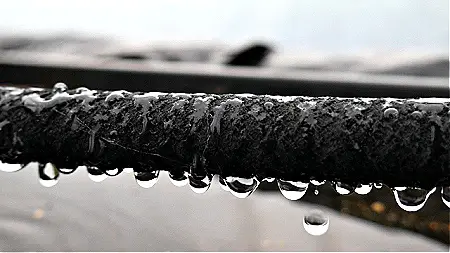
Take the time to water your garden thoroughly, ensuring that the moisture reaches the root zone. A good rule of thumb is to provide about an inch of water per week, either through rainfall or irrigation. Consider watering in the early morning or late evening to minimize evaporation and allow your plants to absorb water more effectively.
Installing a drip irrigation system can deliver water at soil level and is often more efficient with the amount of water being used.
Mulch with Care
Mulching is a beneficial practice during July. Apply a layer of organic mulch, such as straw, wood chips, or compost, around your plants after watering or a good rainfall. Mulching helps conserve moisture in the soil, suppresses weed growth, and regulates soil temperature. Additionally, it adds organic matter to the soil as it breaks down, enriching it and enhancing its fertility.
Deadheading and Maintenance
In July, deadheading becomes an essential garden maintenance task. Deadheading is the process of removing spent flowers from your plants. Not only does it keep your garden looking neat and well-groomed, but it also encourages continuous blooming.
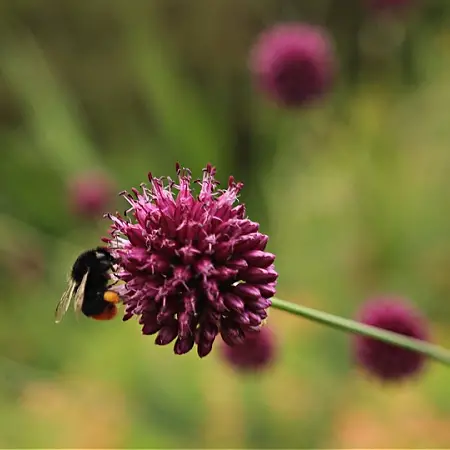
As flowers fade and wilt, they divert the plant’s energy away from producing new flowers. By removing these spent blooms, you redirect the plant’s resources back into flower production. Take a moment each day to inspect your plants and snip off any faded flowers. Not only will this keep your garden looking vibrant, but it will also extend the blooming period, allowing you to enjoy the beauty of your flowers for a longer time.
Sow for Late Summer and Early Fall
There are still plenty of vegetable seeds to sow this month that thrive in the cooler temperatures of late summer and early fall. By planting these crops now, you can ensure a steady supply of fresh produce well into the cooler months. Opt for varieties with shorter maturity dates to ensure a timely harvest before the first frost arrives.
Pruning and Training Fruit Trees
July is an ideal month for pruning and training your fruit trees. With the bulk of the growth completed for the season, you can shape and direct the tree’s growth to maximize productivity and maintain a healthy structure.
Start by removing any damaged, diseased, or dead branches. These can serve as entry points for pests and diseases, so it’s crucial to eliminate them promptly. Also, thin out any crossing or crowded branches to improve airflow and light penetration within the canopy. This not only reduces the risk of fungal infections but also enhances fruit quality.
Training young trees is another critical aspect of July’s garden tasks. Consider using stakes, trellises, or espalier systems to guide the branches into desired shapes. Ensure that the main scaffold branches are well-spaced and adequately supported to prevent breakage under the weight of fruit. By training your trees, you create a strong framework that will support abundant harvests for years to come.
Embrace the Joy of the Veg Garden in July
Above all, July is a time to embrace the joy of gardening. Allow yourself to get lost in the rhythms of nature, finding solace and peace within the confines of your vegetable patch. Take a moment to observe at the delicate dance of a butterfly on a flower or a bumblebee gathering nectar.
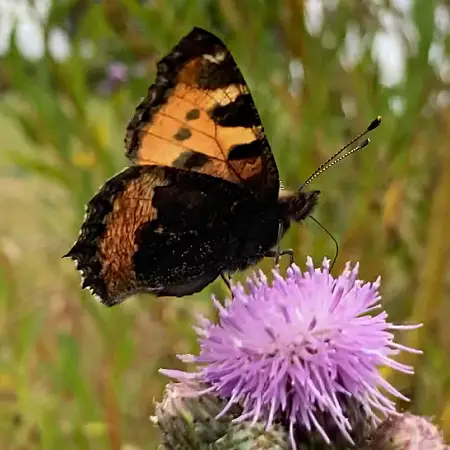
Relish the simple pleasures that gardening provides—a quiet morning spent weeding, the satisfaction of nurturing a tiny seed into a flourishing plant, or the delight of sharing your bountiful harvest with friends and family. Remember that gardening is not just about the end result; it’s about the process and the connection with nature.
July in the vegetable garden is a time of celebration and abundance. It’s a time to relish the flavours of freshly harvested produce, to protect our plants from pests and diseases, and to find joy in the garden’s beauty. Happy gardening!
- Bulbs for summer and autumn - July 4, 2025
- Showstopper flowers in early summer - June 20, 2025
- Best flowering variegated plants - June 13, 2025
